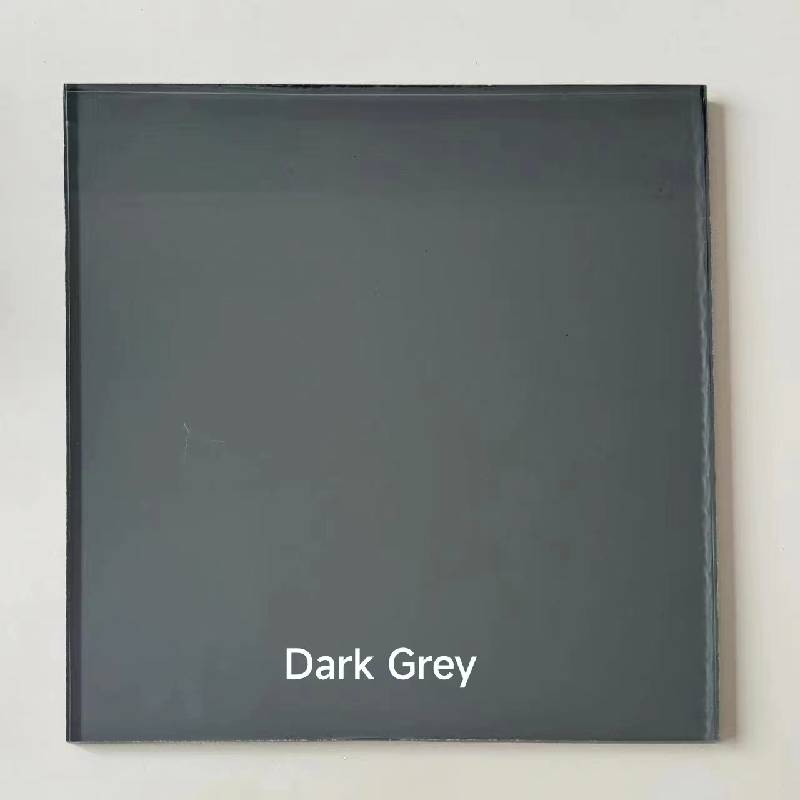

The Allure of Mirror Pane Glass A Reflection of Modern Design
In the realm of contemporary architecture and interior design, few materials have garnered as much admiration as mirror pane glass. This innovative glass not only serves as a functional element but also adds an extraordinary aesthetic quality to spaces, transforming how we experience light, reflection, and ambiance.
Defining Mirror Pane Glass
Mirror pane glass is essentially a type of reflective glass that is coated with a thin layer of metal or other materials to enhance its reflective properties. Typically, this glass is available in various finishes, allowing designers to choose a product that best suits their vision. The result is a material that elegantly mirrors the environment around it, creating a dynamic interplay between interior and exterior spaces.
Versatility in Design
One of the most compelling features of mirror pane glass is its versatility. It can be seamlessly integrated into a variety of design styles, from minimalist and modern to ornate and traditional. In commercial applications, such as office buildings and retail spaces, mirror pane glass is frequently used to create stunning facades that capture the essence of the surrounding landscape. The reflective nature of the glass allows these structures to seemingly dissolve into their environment, offering a modern twist on traditional architectural aesthetics.
In residential settings, mirror pane glass is increasingly popular for windows, doors, and even entire walls. By incorporating this glass into a home, designers can enhance natural light levels while maintaining privacy. This is particularly valuable in urban settings where space is at a premium; mirror pane glass allows residents to enjoy views without sacrificing their intimate space. Moreover, it adds an element of drama and sophistication to homes, making them feel more open and airy.
Enhancing Spatial Perception
Another striking benefit of mirror pane glass is its ability to manipulate spatial perception. In smaller areas, such as apartments and compact houses, the reflective surface can create the illusion of a larger environment. By reflecting light and images, mirror pane glass can visually expand a room, making it feel more spacious than it truly is. This is a beneficial attribute for anyone looking to maximize their living area without the need for extensive renovations.

In commercial interiors, the reflective surface can also contribute to a sense of openness. Implementing mirror pane glass in the design of retail outlets or cafes can encourage a flow of movement, inviting patrons to explore the space. The unique reflective qualities can also be used strategically to highlight specific areas or products, guiding the eye and enhancing the overall shopping experience.
Sustainability and Energy Efficiency
As the world becomes more conscious of environmental impact, mirror pane glass has another significant advantage its energy efficiency. Many modern variations of mirror pane glass come with low-emissivity (Low-E) coatings that not only reflect sunlight but also reduce heat transfer. This property can lead to reduced energy consumption, as buildings require less heating in winter and cooling in summer. Furthermore, using high-performance mirror pane glass can contribute to sustainable design certifications, such as LEED (Leadership in Energy and Environmental Design).
Aesthetic Appeal and Artistic Expression
Beyond functionality, mirror pane glass serves as a canvas for artistic expression. Architects and designers continually experiment with forms, shapes, and configurations of this material, resulting in structures that capture the imagination. From grandiose skyscrapers to intricate home installations, mirror pane glass presents an opportunity for creativity and innovation.
The reflective surface allows for the incorporation of artwork, greenery, and lighting, merging natural elements with man-made materials. The result is a harmonious blend of nature and design that captivates and enchants.
Conclusion
In conclusion, mirror pane glass is more than just a building material; it is a transformative element that influences light, space, and aesthetics. Its versatility, ability to enhance spatial perception, energy efficiency, and potential for artistic expression make it a cornerstone of modern design. As architects and designers continue to explore its possibilities, mirror pane glass will undoubtedly remain a favorite choice for those seeking to create spaces that reflect both elegance and innovation.